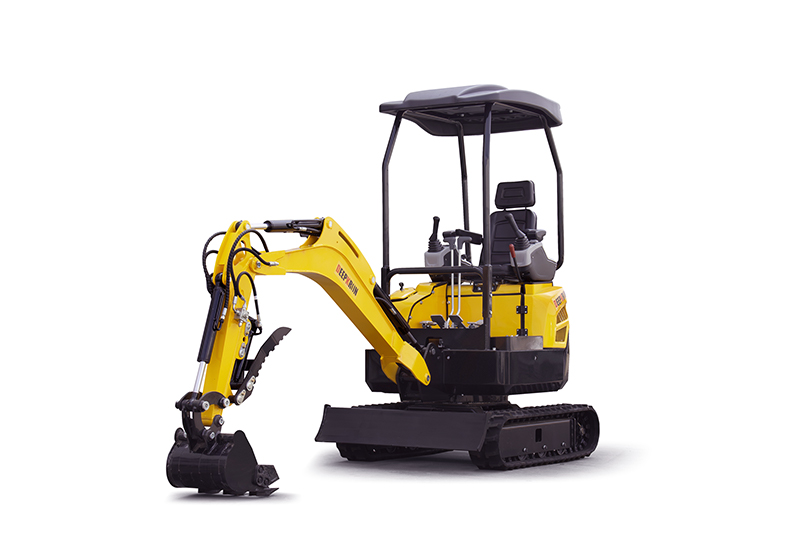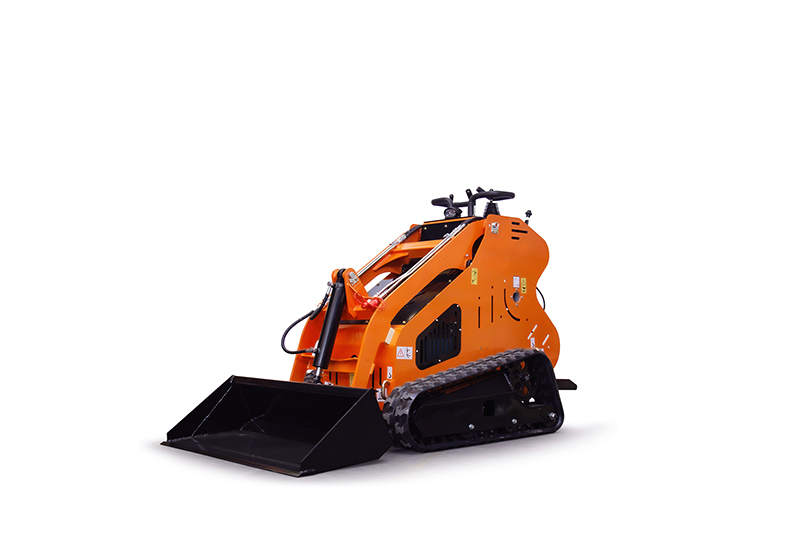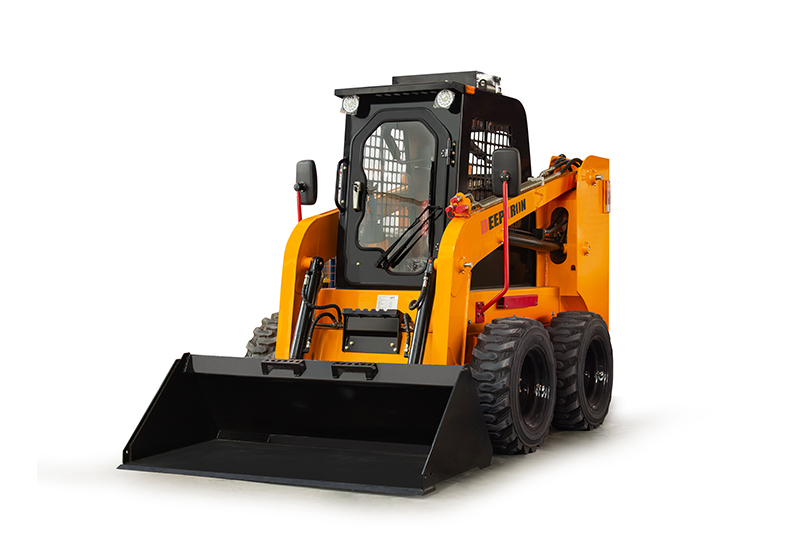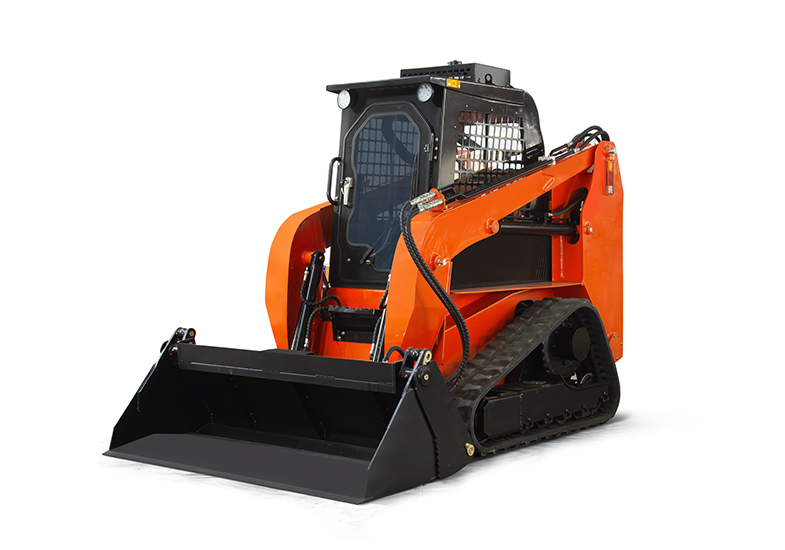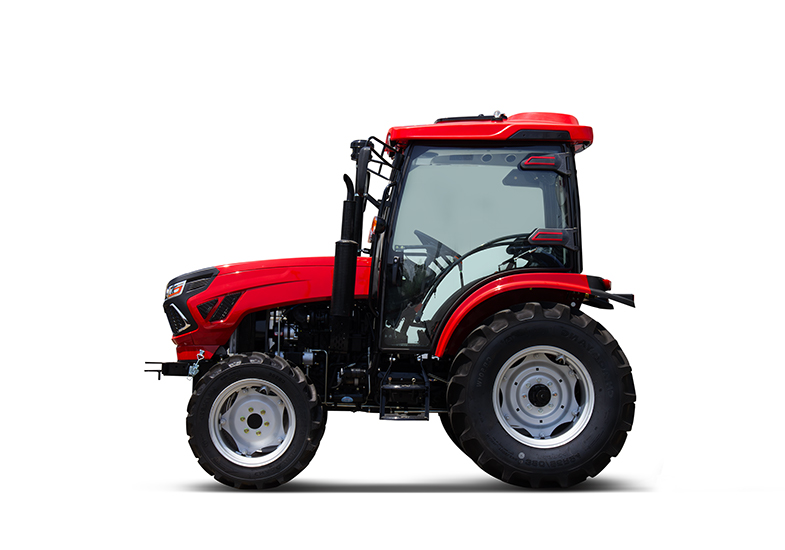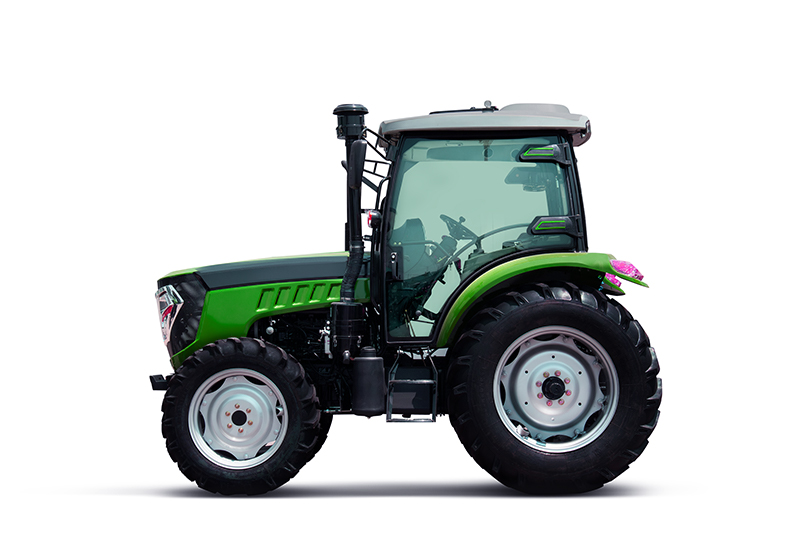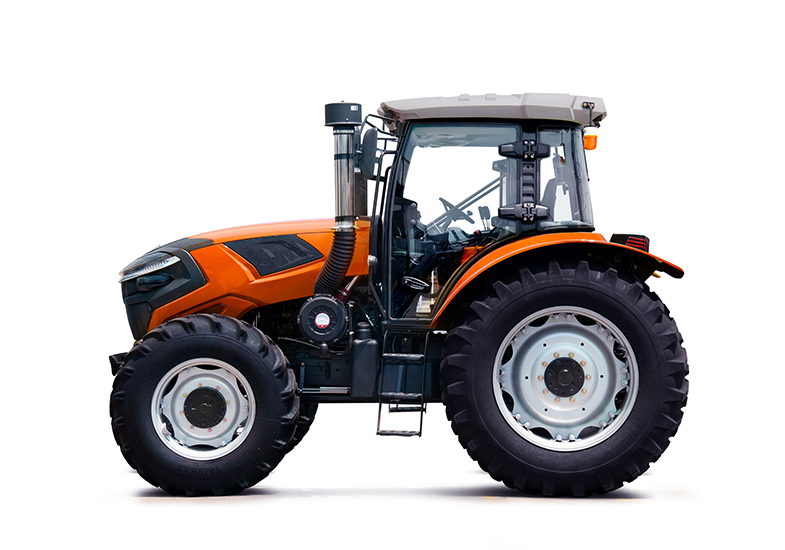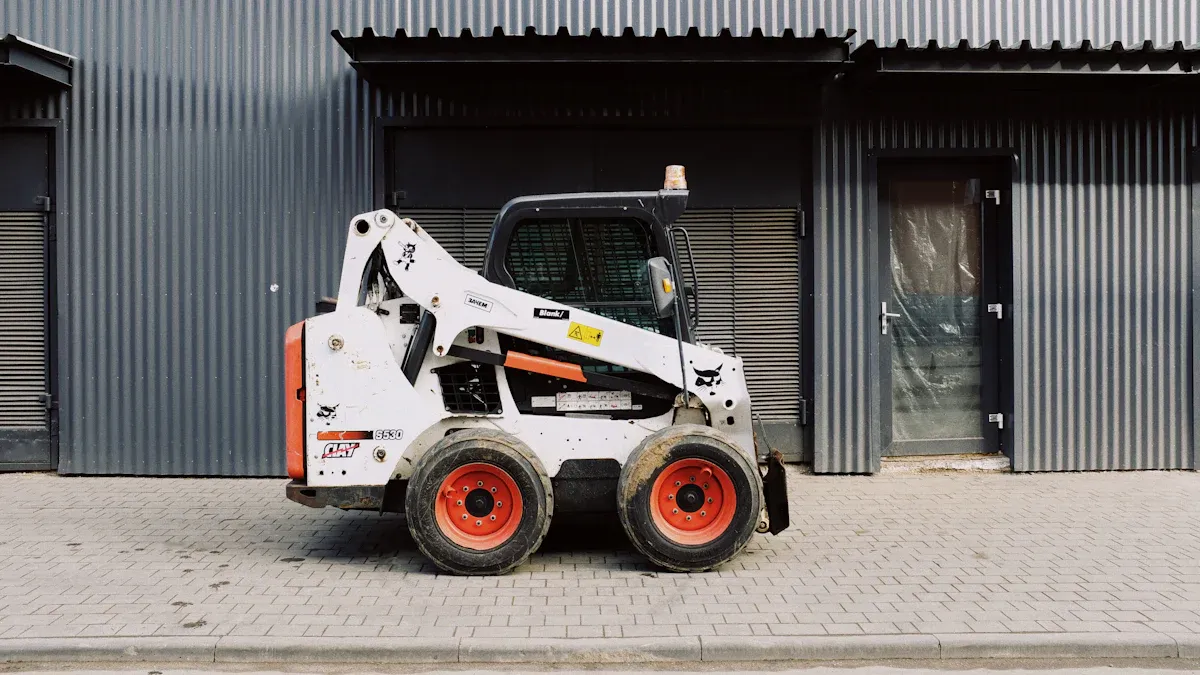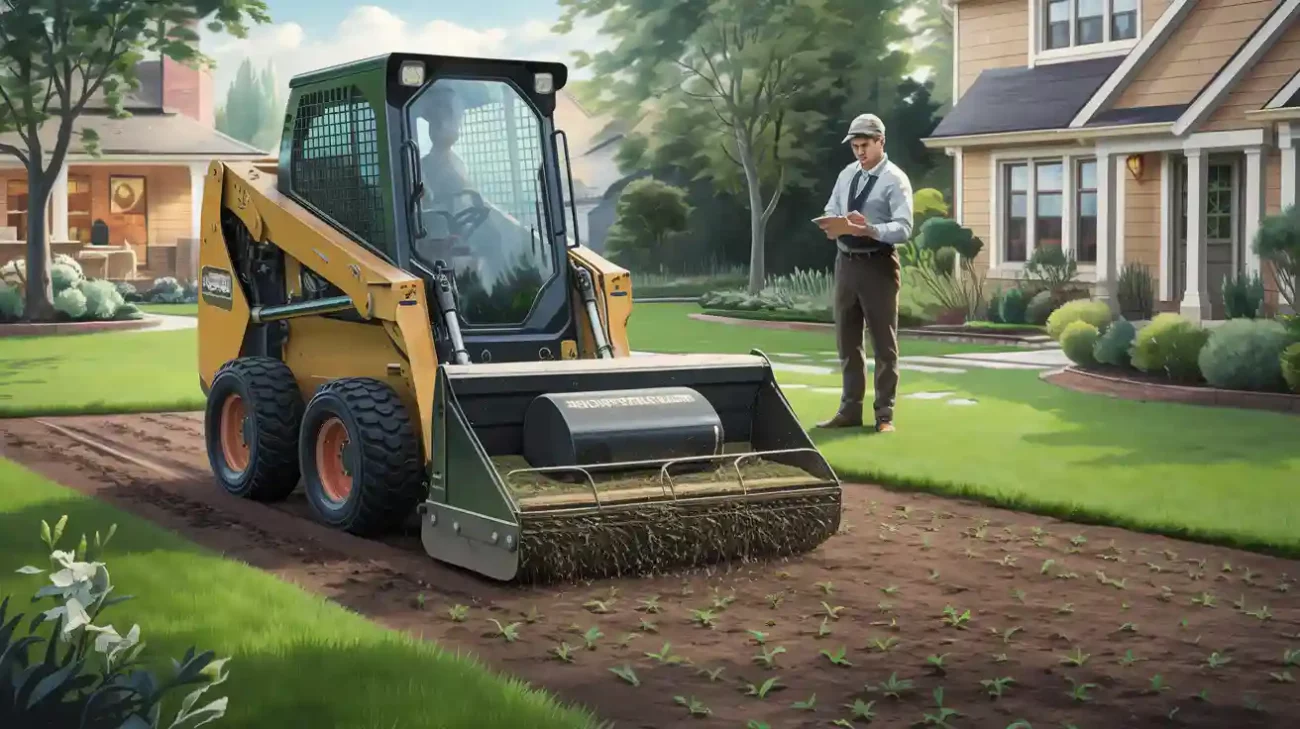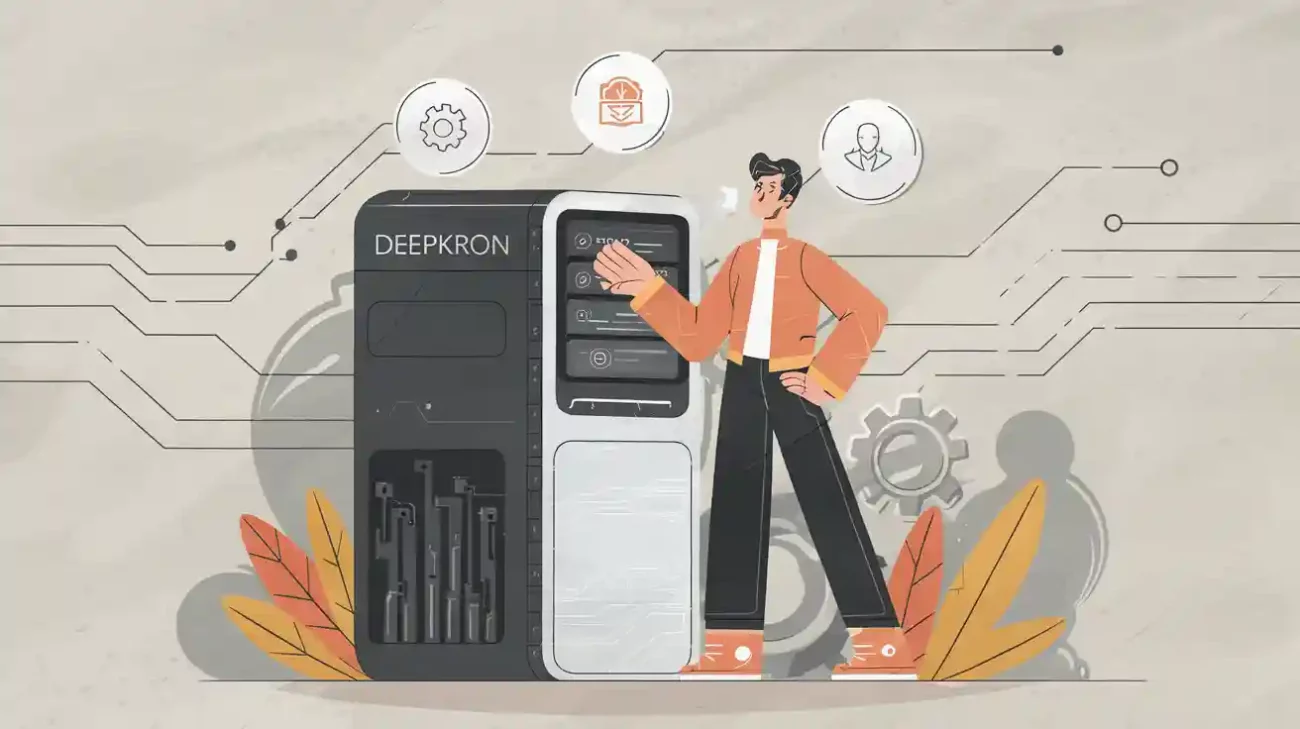Mini skid steer weight classes group machines by their rated operating capacity (ROC), which directly impacts what you can lift, how stable your machine stays, and which jobs you can take on. Choosing the right weight class affects your costs and performance. For example, models with an ROC between 1,750 and 2,200 pounds represent over 42% of U.S. market sales, showing their popularity for versatility and strength.
ROC (lb.) Range | Estimated Average Price (USD) | Estimated Hourly Rate (USD) |
|---|---|---|
Up to 700 | 16,400 | 18.90 |
701 – 975 | 19,900 | 19.70 |
976 – 1,250 | 23,530 | 24.30 |
1,251 – 1,350 | 29,640 | 26.30 |
1,351 – 1,600 | 38,470 | 29.24 |
1,601 – 1,750 | 35,400 | 27.68 |
1,751 – 2,000 | 40,000 | 31.00 |
2,001 – 2,200 | 46,000 | 34.00 |
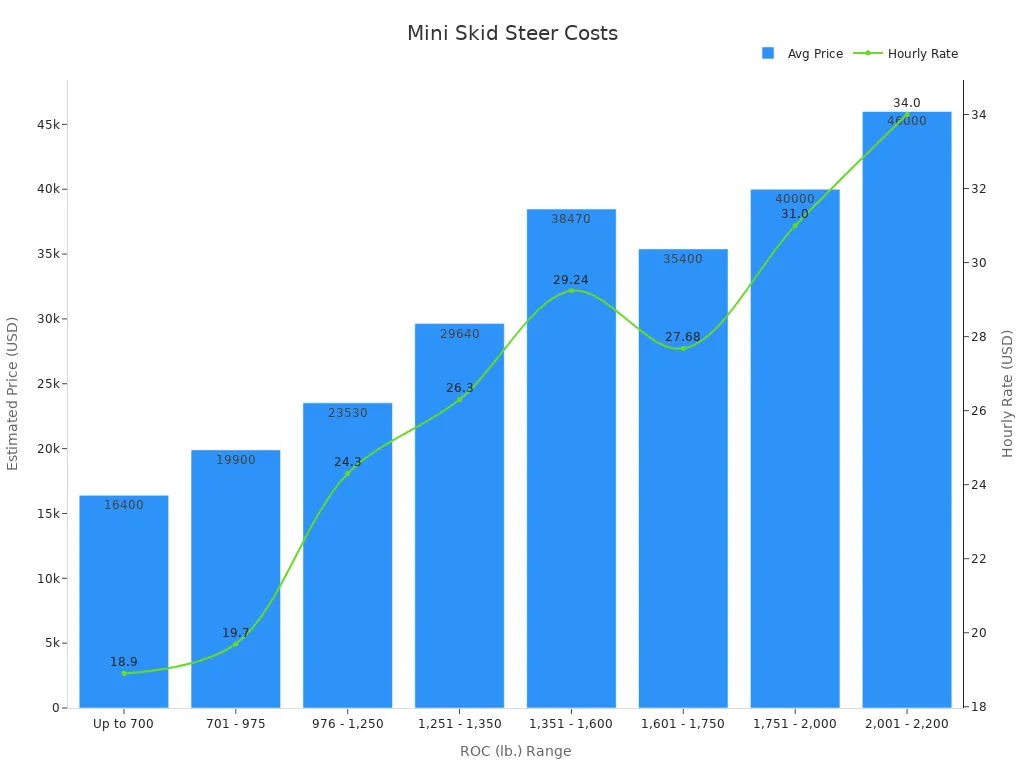
Key Takeaways
Mini skid steers are sorted by weight and ROC. This affects how much they can lift. It also changes how steady they are. It helps decide what jobs they can do. Heavier machines can lift more and are safer. They also do not tip as easily. But you need to think about the ground and attachments. This helps stop tipping or breaking the machine. Attachments make the machine heavier. They also change how it balances. Always check the attachment’s weight before using it. Also, check what hydraulic power it needs. Pick a mini skid steer that matches your job. Think about the work, the ground, and how you will move it. This helps you stay safe and work well. Tracked models spread out their weight. They protect soft ground from damage. Wheeled models are better for hard, flat ground.
Mini Skid Steer Weight Classes
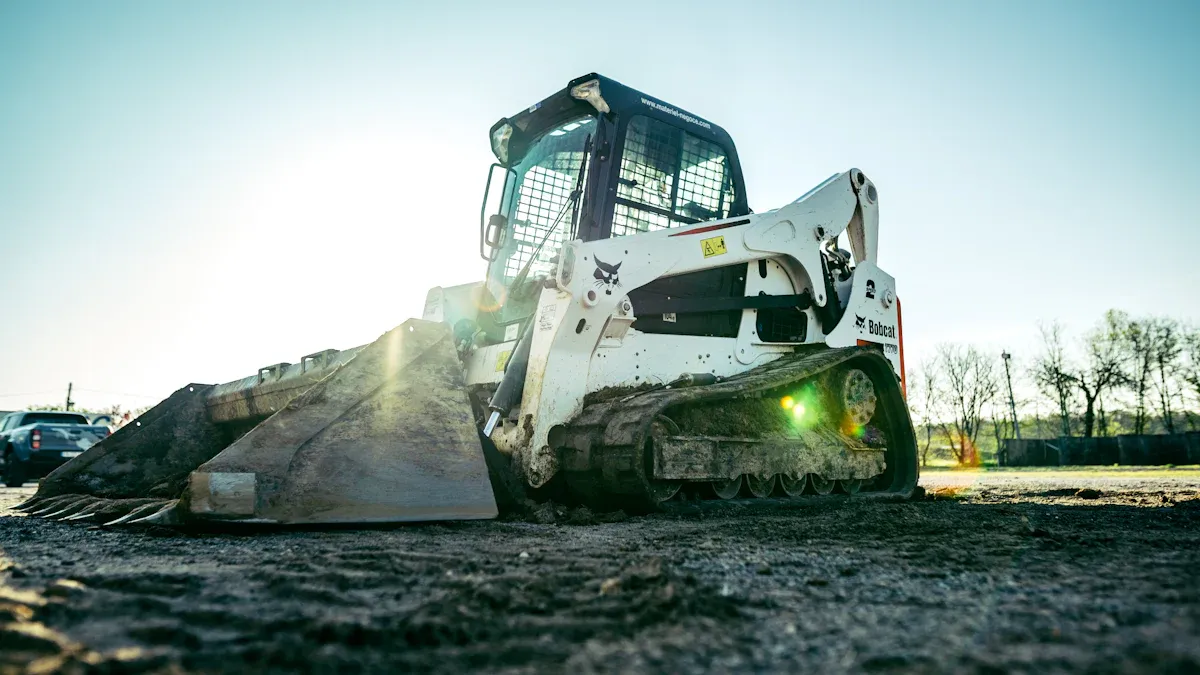
Weight Classes
It is important to know how experts group mini skid steers by weight. These groups help you pick the best machine for your job. Most people sort mini skid steers by operating weight and rated operating capacity (ROC). The ROC shows how much the loader arms can lift safely. If you lift more than the ROC, the machine could tip over.
Tip: Always look at the ROC before picking a mini skid steer. This helps you stay safe and get your work done.
Here is a table that lists the main weight classes for skid steers and how you usually move them:
Skid Steer Weight Class | Weight Range (lbs) | Typical Transportation Requirements |
|---|---|---|
Mini | Less than 3,000 | Trailer capacity ≥ 3,500 lbs; 1/2-ton pickup; standard license |
Small | 3,000 to 6,000 | Trailer capacity ≥ 7,500 lbs; 3/4-ton truck; standard license |
Medium | 6,000 to 8,000 | Trailer capacity ≥ 10,000 lbs; 3/4-ton or 1-ton truck; may require CDL in some states |
Large | Over 8,000 | Trailer capacity ≥ 14,000 lbs; 1-ton dually or larger; often requires CDL |
Mini skid steers usually weigh from 1,500 to 2,900 pounds. These machines are made to move easily in small spaces. For example, the Bobcat S450 and CASE SR160B have a ROC under 1,750 pounds. The DeepKron S45 Compact Skid Steer is also in this mini class. It gives strong performance in a small size.
Attachments can make the machine heavier, sometimes by up to 2,000 pounds. Always think about the total weight when you plan to move or use your machine.
Applications
Each mini skid steer weight class is good for different jobs. You should pick a machine that fits your job for safety and speed.
Weight Class | Operating Weight (lb) | Rated Operating Capacity (lb) | Typical Applications |
|---|---|---|---|
Small-Frame | ~2,900 – 5,400 | ~760 – 1,370 | Tight spaces, light earthmoving, landscaping |
Medium-Frame | 6,000 – 7,000 | 1,750 – 2,200 | Mid-sized construction, site development, snow clearing |
Large-Frame | 7,000 – 10,000 | >2,200 | Heavy demolition, excavation, transporting heavy debris |
Mini skid steers are great for landscaping, small building jobs, and farming. Their small size lets you work in places like backyards and gardens. Bigger machines cannot fit in these spots. Stand-on mini skid steers with up to 30 horsepower can carry small or medium loads. They also fit in tight areas. Tracked models are more stable on rough ground. This makes them good for landscaping and building work. Wheeled mini skid steers are best for breaking things down, working inside, and keeping the ground clean.
The DeepKron S45 Compact Skid Steer is special in this group. It gives you more power and better control. You can do many jobs, like moving dirt, mulch, or debris, and loading things. Its small size and strong hydraulic system make it a favorite for people who need both power and easy movement.
Note: When you pick a mini skid steer, always think about the attachments you will use. Attachments can change how heavy the machine is and how it works. Pick the right machine for the jobs you do most.
Operating Weight and Performance
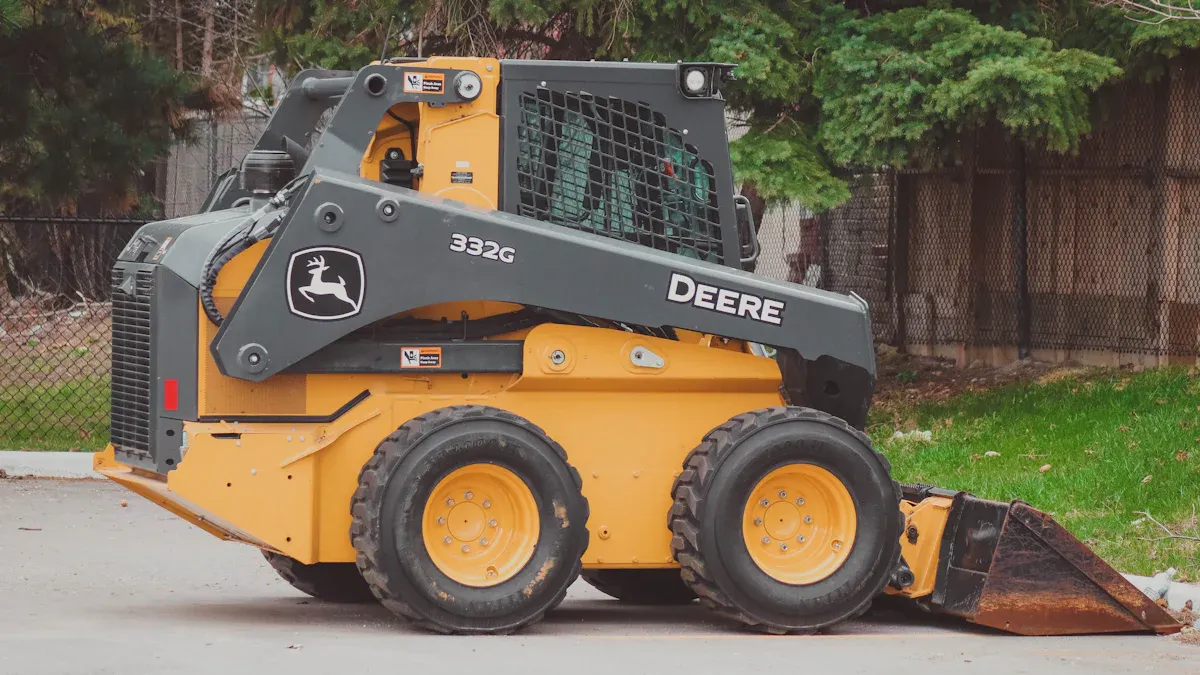
Lifting Capacity
Operating weight is important for how much you can lift. Heavier machines can usually lift more weight. This lets you move bigger things safely. The rated operating capacity (ROC) shows the safe lifting limit. Manufacturers set the ROC at about half of the tipping load. For example, if your machine tips at 4,000 pounds, the ROC is 2,000 pounds. This safety rule helps stop accidents.
You can see how operating weight changes lifting in the table below:
Model | Operating Weight (lbs) | Rated Lifting Capacity (lbs) |
|---|---|---|
AHM SS-380 | 1,733 | 826 |
Ditch Witch SK600 | 2,510 | 600 |
Toro Dingo TX 427 | 1,960 | 535 |
Vermeer S925TX | 2,500 | 925 |
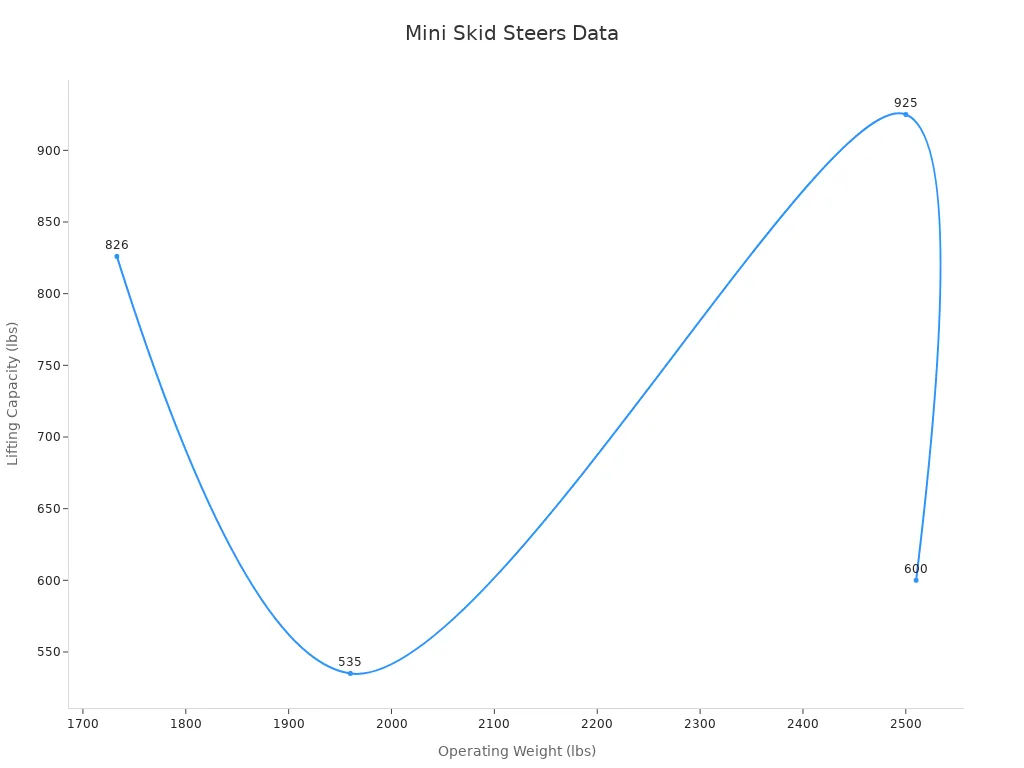
Heavier mini skid steers often lift more weight. Extra weight helps keep the machine balanced. This makes it safer to lift heavy things. The lift arm type also matters. Vertical lift arms keep lifting power steady as you go up. Radial lift arms give more power at low heights but less at the top.
Tip: Always check the ROC before you start work. Attachments and bumpy ground can lower your safe lifting limit.
Stability and Safety
Stability is important for safety when using a mini skid steer. The operating weight includes the machine, fuel, operator, and attachments. More weight can help stop the machine from tipping over. This is true when you lift heavy stuff. But too much weight without good design can make it hard to control.
Model | Operating Weight (lbs) | Horsepower (hp) | Rated Operating Capacity (ROC) (lbs) | Stability Features |
|---|---|---|---|---|
Gehl V420 | 11,665 | 121 | Up to 4,200 | Hydraglide™ ride control, vertical lift, air-ride seat |
Gehl SL7810E | 10,520 | 99 | Up to 3,850 | Hydraglide™ ride control, safety interlock, auto-shutdown |
You should match your mini skid steer’s weight to the job and ground. On slopes or rough ground, a heavier machine with good stability helps you stay safe. Keeping your machine in good shape also helps it stay stable. Make sure brakes and controls work well.
Heavier mini skid steers can lift more weight.
More weight helps keep the machine steady when lifting.
How weight is spread out is important for performance, especially with heavy attachments or bumpy ground.
Note: Safety depends on having the right balance between machine weight, job needs, and ground conditions.
Ground Impact
Operating weight also changes ground pressure. Ground pressure is how hard your mini skid steer pushes on the ground. Heavier machines push down harder and can hurt grass or soft dirt. Tracked mini skid steers spread out their weight. This lowers ground pressure and protects the ground. Wheeled models put weight on small spots, which can leave marks or ruts.
Think about ground impact when working on lawns, gardens, or soft ground. Lighter mini skid steers or tracked models help stop damage. Heavy attachments add to the total weight and raise ground pressure.
Tip: Pick a mini skid steer with the right weight and tracks or wheels for your job. This helps protect the ground and lets you finish faster.
Attachments and Equipment
Impact on Weight
Attachments can make your machine heavier very fast. When you add things like augers or grapple buckets, the total weight goes up. This extra weight changes how much you can lift. It also changes how steady your machine feels. For example, using a wide track or a heavy tool can add hundreds of pounds. This makes the rated operating capacity (ROC) higher. You can then lift bigger loads safely.
Attachment/Configuration | Operating Weight (lbs) | Rated Operating Capacity (lbs) |
|---|---|---|
Narrow Track Loader | 2,833 | |
Wide Track Loader | 3,783 | 3,148 |
You should always read your manual before adding new tools. Attachments add weight and can move the balance point. This can make your machine tip if you do not change how you lift.
Tip: Always count the attachment’s weight when you plan to move or lift things.
Performance Changes
Attachments do more than just add weight. They also change how your machine works. Most attachments use the hydraulic system for power. Machines like the DeepKron S45 Compact Skid Steer have strong hydraulics. This lets you use many tools, from forks to brush cutters.
Hydraulic flow rate is important. Standard flow works for most jobs. High-flow lets you use bigger tools.
The DeepKron S45 can use both regular and special attachments. This gives you more ways to work.
Always check if your attachment fits your machine’s hydraulic rating. The wrong tool can hurt your machine or make it work badly.
Check hoses and parts before you use your machine. Good hydraulics help your machine run well and stay safe. Attachments help you do more work, but only if they fit your machine.
Note: The right attachment can make your machine do many jobs. But you must think about both weight and hydraulics.
Choosing the Right Mini Skid Steer
Project Needs
Start by listing your project requirements. You need to know what tasks you want to complete. For example, if you work in tight spaces, you should choose a machine with a compact frame and strong maneuverability. Urban construction companies often use skid steers for this reason. Landscaping firms prefer track loaders for better traction and stability on uneven ground.
Consider these factors before you decide:
What materials do you need to move?
How heavy are your typical loads?
Do you need to dig, lift, or stack materials?
Will you use special attachments?
Tip: Match the rated operating capacity (ROC) to your load requirements. Check if the lift height and engine power meet your needs. Choose a control system that feels comfortable for your operators.
Site Conditions
Your job site affects which Mini Skid Steer works best. Look at the ground type, space, and weather. Tracked models perform better on soft or muddy ground because they spread out the weight and lower ground pressure. Wheeled models work well on hard, flat surfaces and cause less turf damage.
Track loaders offer more stability on rough terrain.
Attachments and machine weight affect ground impact.
Selecting the right equipment for your site improves efficiency and safety. Avoid using a heavy machine on soft ground to prevent damage.
Transport
You must plan how to move your Mini Skid Steer safely. The weight class determines the trailer and truck you need. Use the table below to check transport requirements:
Weight Class | Approximate Weight Range | Minimum Trailer Capacity | Recommended Truck | License Requirement |
|---|---|---|---|---|
Mini (<3,000 lbs) | Under 3,000 lbs | 3,500 lbs minimum | 1/2-ton pickup truck | Standard license |
Small (3,000-6,000 lbs) | 3,000-6,000 lbs | 7,500 lbs minimum | 3/4-ton truck | Standard license |
Medium (6,000-8,000 lbs) | 6,000-8,000 lbs | 10,000 lbs minimum | 3/4-ton or 1-ton truck | May require CDL |
Large (>8,000 lbs) | Over 8,000 lbs | 14,000+ lbs minimum | 1-ton dually or larger | Often requires CDL |
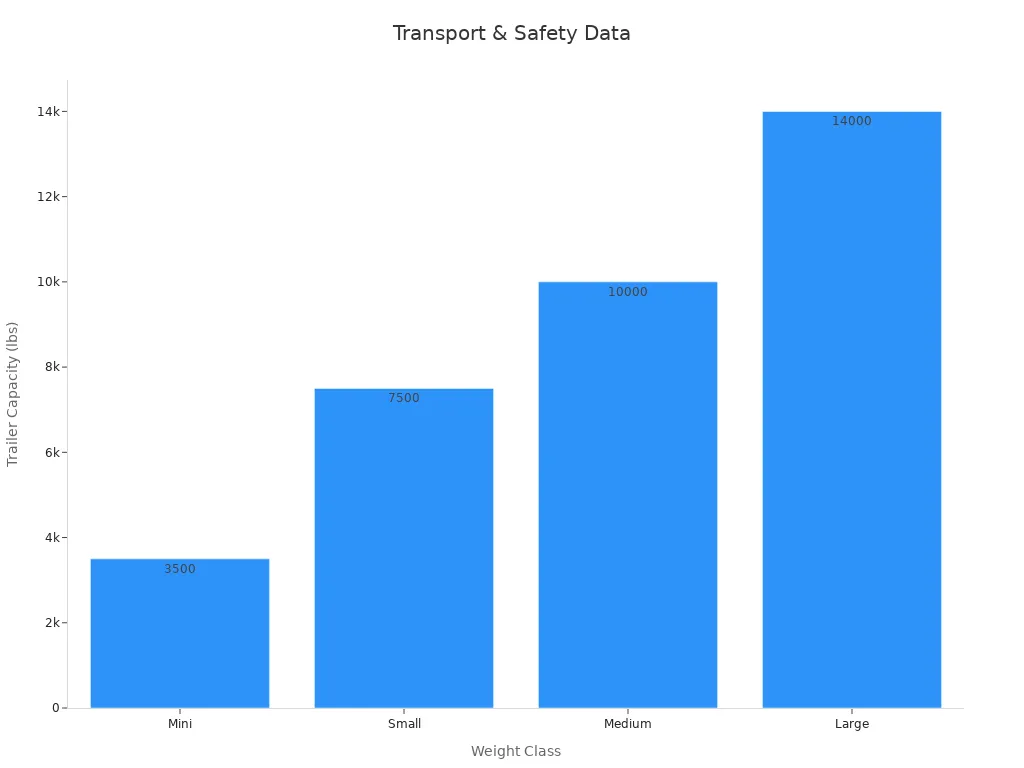
Always include the weight of attachments when planning transport. Make sure your trailer and truck can handle the total load. This keeps your team safe and avoids legal issues.
Note: Matching the Mini Skid Steer’s weight class and features to your project, site, and transport needs ensures safe, efficient, and cost-effective operations.
Knowing about Mini Skid Steer weight classes and operating weight helps you pick the best machine for your job. Choosing the right class keeps you safer, helps you work faster, and saves money. The table below shows how each weight class has special benefits for certain jobs:
Weight Class | |
|---|---|
Small Mini Skid Steers | Easy to move, causes less damage to ground |
Medium Mini Skid Steers | More strength, steadier, lifts heavier loads |
Think about what attachments you will use and what the ground is like before you decide. If you need help, ask trusted dealers like DeepKron for advice.
FAQ
What is the difference between operating weight and rated operating capacity (ROC)?
Operating weight means the total weight of the machine, fuel, operator, and attachments. Rated operating capacity (ROC) shows the maximum safe load you can lift. Always check both numbers before you start your project.
How do attachments affect my mini skid steer’s performance?
Attachments add weight and can change your machine’s balance. You may lift less when using heavy tools. Always check the attachment’s weight and make sure your machine’s hydraulic system matches the tool’s requirements.
Can I use a mini skid steer on soft or wet ground?
You can use a mini skid steer on soft or wet ground if you choose a tracked model. Tracks spread the weight and lower ground pressure. This helps protect lawns and prevents the machine from sinking.
What should I consider when transporting a mini skid steer?
Check the total weight, including attachments. Use a trailer and truck rated for your machine’s class. Secure the load with proper tie-downs. > Tip: Always follow local transport laws for safety and compliance.

